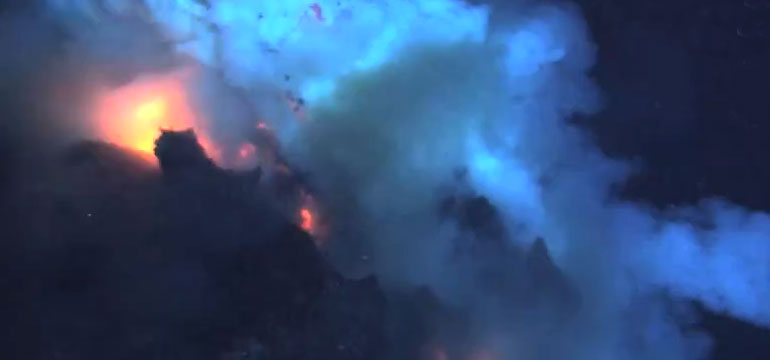In 2009, scientists collected video and sound recordings of eruptions at the West Mata Volcano, 1,200 meters (3,937 feet) below sea level in the Pacific Ocean near Samoa. They found that different types of eruptions were occurring at two of the volcano’s vents: one was producing large lava bubbles that were released slowly from the volcanic vent before bursting, and the other exhibited a more chaotic, explosive release of hundreds of tiny gas bubbles.
Scientists have now used these video and audio recordings, along with additional sound recordings, to figure out the unique acoustic signatures associated with both types of eruptions. The results are detailed in a new study in Geophysical Research Letters, a journal of the American Geophysical Union:





Leave a Reply
Lo siento, debes estar conectado para publicar un comentario.